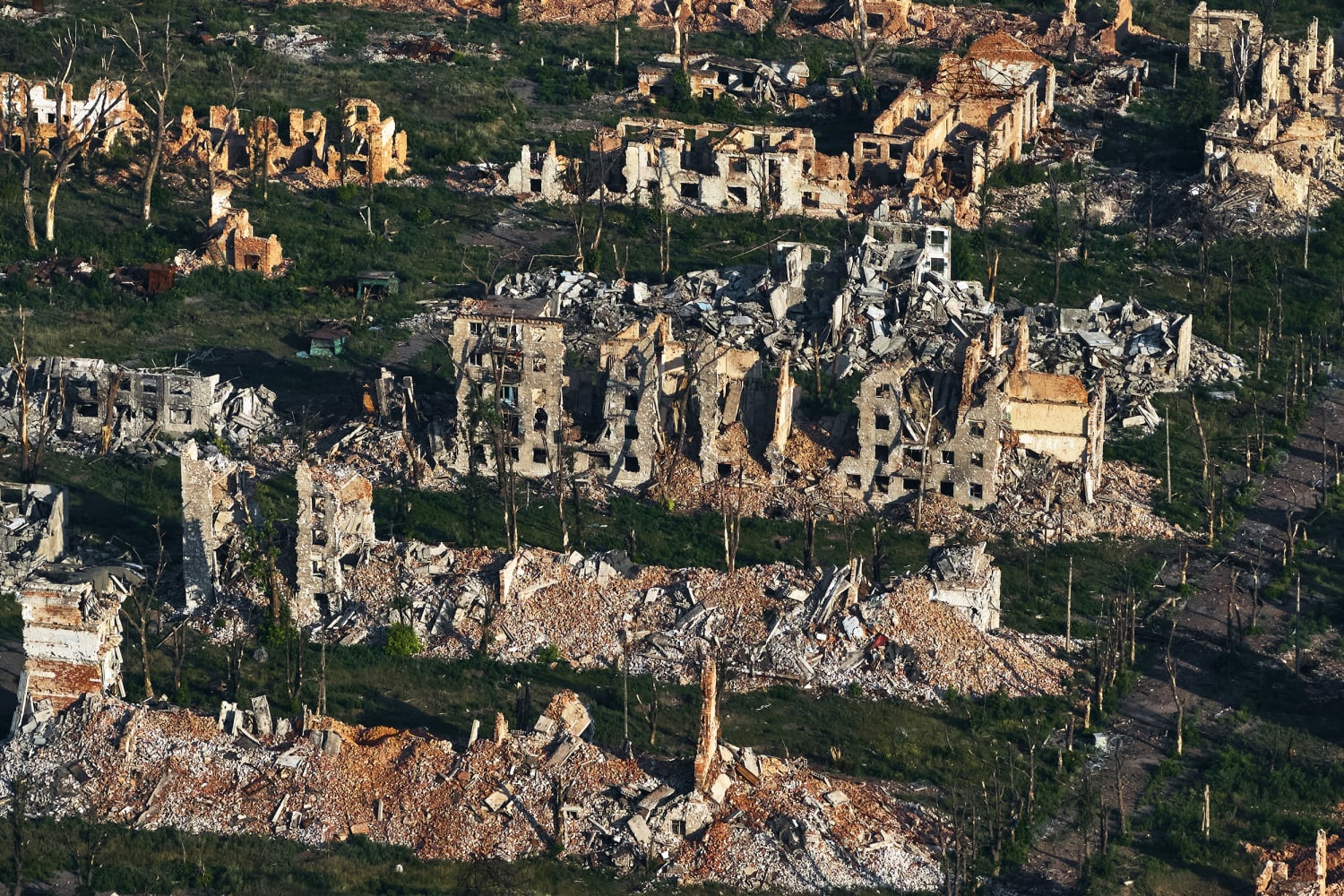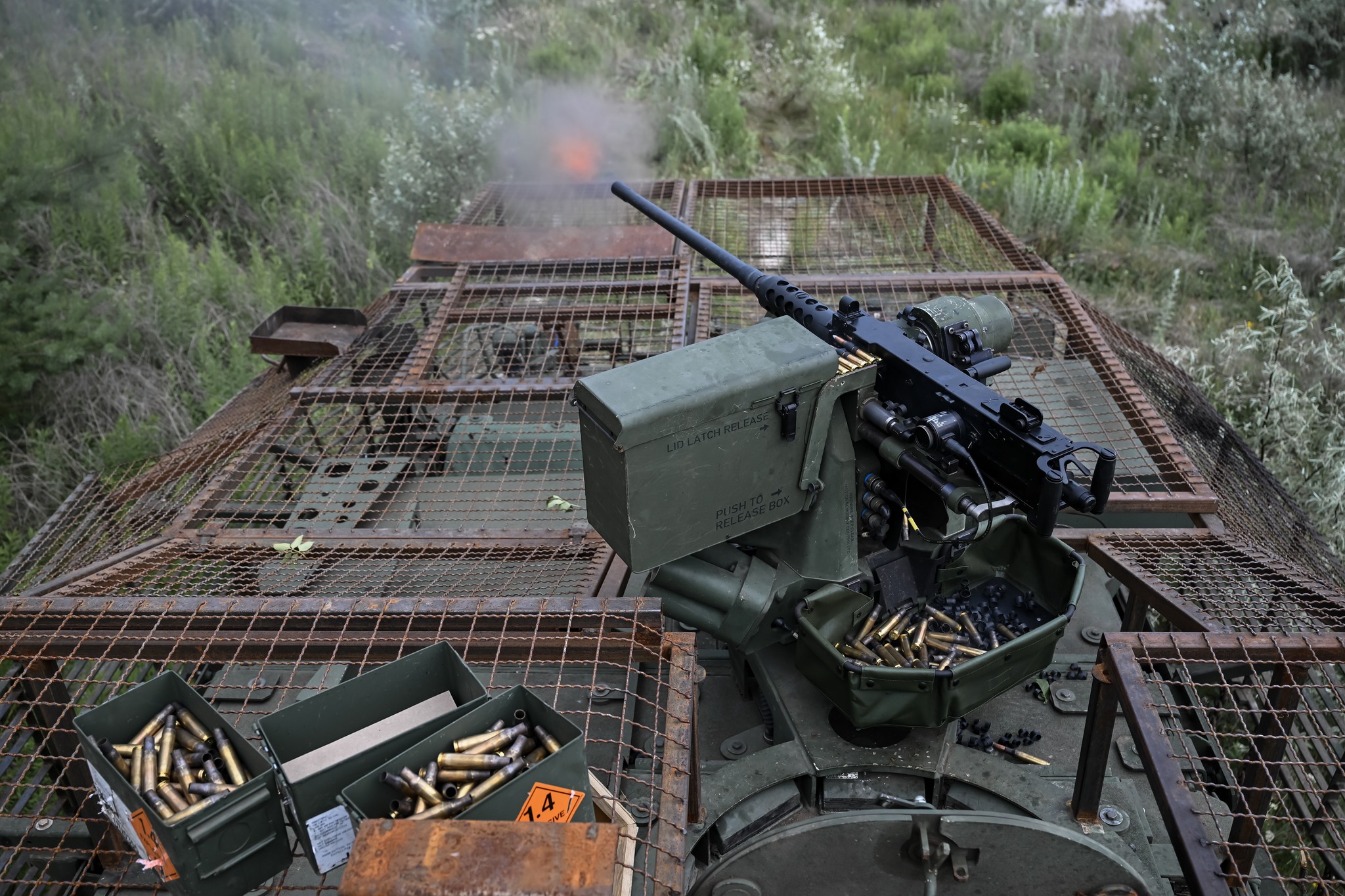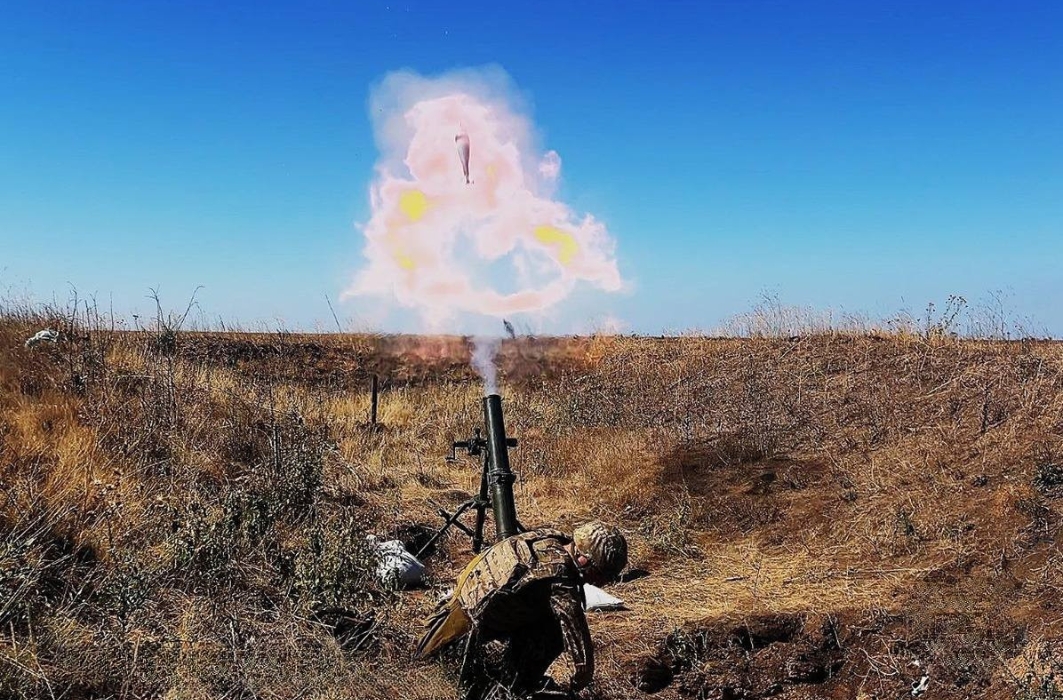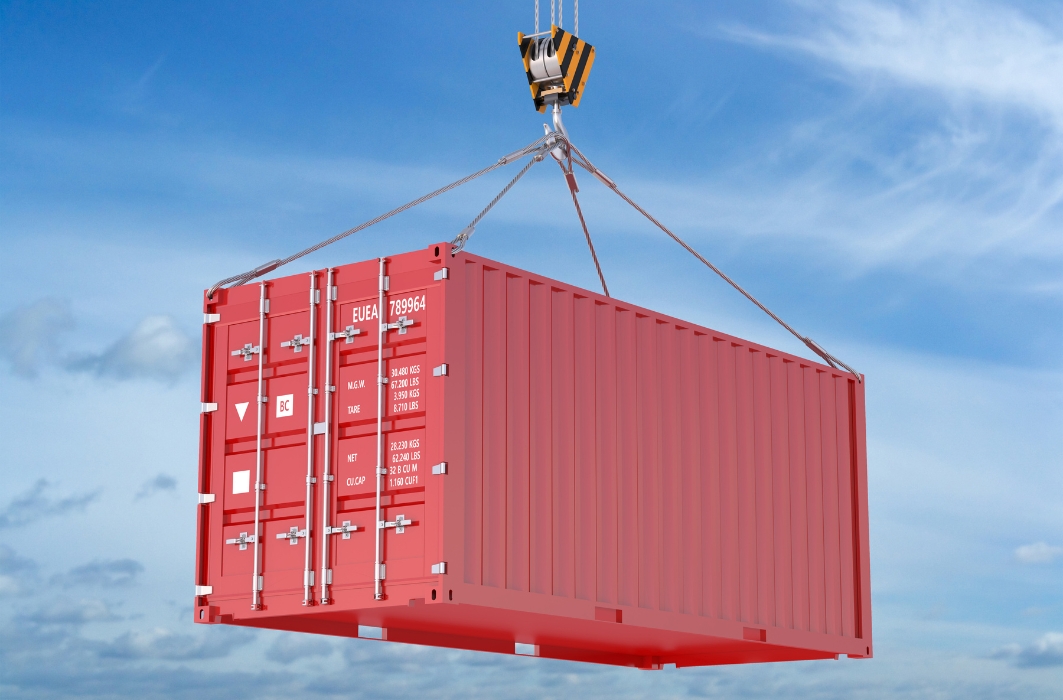With a prewar population of just 12,000, Chasiv Yar today lies in ruins after more than a year of attritional warfare between the Russian forces and Ukraine.
Russian forces have taken 26 months to advance 11 kilometers from the western boundary of Bakhmut, which Russian forces seized in May 2023, to western Chasiv Yar. Russian forces began an intensified effort to seize Chasiv Yar in April 2024 after slowly advancing to the settlement's eastern outskirts and seizing Ivanivka (southeast of Chasiv Yar) between May 2023 and March 2024.
A Ukrainian source reportedly affiliated with Ukrainian military intelligence estimated in February 2025 that Russia sustained roughly 4,880 casualties in Chasiv Yar itself between April 2024 and February 2025, although the total number of Russian casualties sustained remains unclear, and the tempo of Russian attacks in this area has varied significantly over the last 26 months.
Russian forces advanced into Chasiv Yar in early April 2024 during a reinforced company-sized mechanized assault, but have rarely used armored vehicles while fighting in the urban areas of the settlement.
Russian forces have significantly leveraged air strikes and infantry infiltration tactics to make gains in Chasiv Yar, and as a result have suffered significant personnel losses for disproportionately small territorial gains in the ruins of Chasiv Yar. ISW currently assesses that Russian forces have seized roughly 7.81 square kilometers of the roughly 10 square kilometers within Chasiv Yar's administrative boundaries.
Russian forces will likely complete the seizure of Chasiv Yar in the coming days, which will open several possible avenues for Russian forces to attack Ukraine's fortress belt — a series of fortified cities that form the backbone of Ukraine’s defensive positions in Donetsk region. Russian forces in the Chasiv Yar direction are roughly six to eight kilometers from the northeastern outskirts of Kostyantynivka and could leverage the seizure of Chasiv Yar to conduct a frontal assault on the city. Russian forces currently appear to be attempting to envelop Kostyantynivka from the southwest, however, and therefore may wait to conduct a frontal assault against Kostyantynivka until Russian forces advance closer to the city from the south via the Toretsk direction. Russian forces have established an operational pattern of partially enveloping a settlement before beginning street-by-street frontal assaults, and Russian forces may continue this pattern in a future operation to seize Kostyantynivka.
Russian forces could also attack directly westward of Chasiv Yar through fields and small settlements toward Oleksiyevo-Druzhkivka and Druzhkivka in order to interdict the H-20 Kostyantynivka-Slovyansk highway and complicate Ukrainian egress routes and ground lines of communications (GLOCs) from Kostyantynivka, which would support long-standing Russian efforts to collapse and seize Ukraine's fortress belt.
Russian forces could also attempt to expand their salient northwest of Chasiv Yar toward Kramatorsk and Slovyansk. Russian forces may redeploy elements to attack along the E-40 Bakhmut-Slovyansk highway to set conditions to attack the fortress belt from the northeast. The Russian military command may pursue this avenue of advance if the Russian military command assesses that Russian forces will be able to seize and leverage new positions northeast of Slovyansk, such as near Siversk, to attack the fortress belt. Russian forces will have to contend with a series of tactical water features west and northwest of Chasiv Yar, which would likely complicate their ability to advance toward Kramatorsk and Slovyansk directly from Chasiv Yar and make advances from the Siversk-Lyman direction more attractive, particularly during the upcoming Fall 2025 muddy season. A Kremlin-affiliated Russian milblogger acknowledged on July 31 that Russian forces will likely be unable to reach Ukraine's fortress belt by the end of 2025, which is consistent with ISW's assessment that seizing the fortress belt would be a multi-year-long operational effort.
Seizing Chasiv Yar will open a series of operationally significant avenues of advance for Russian forces, although Russian forces must maintain their combat capabilities, avoid culmination, and advance in a series of other areas of Donetsk region to fully exploit these opportunities in the medium term. Russian forces have historically struggled to transform tactical victories into wider operational successes.




















